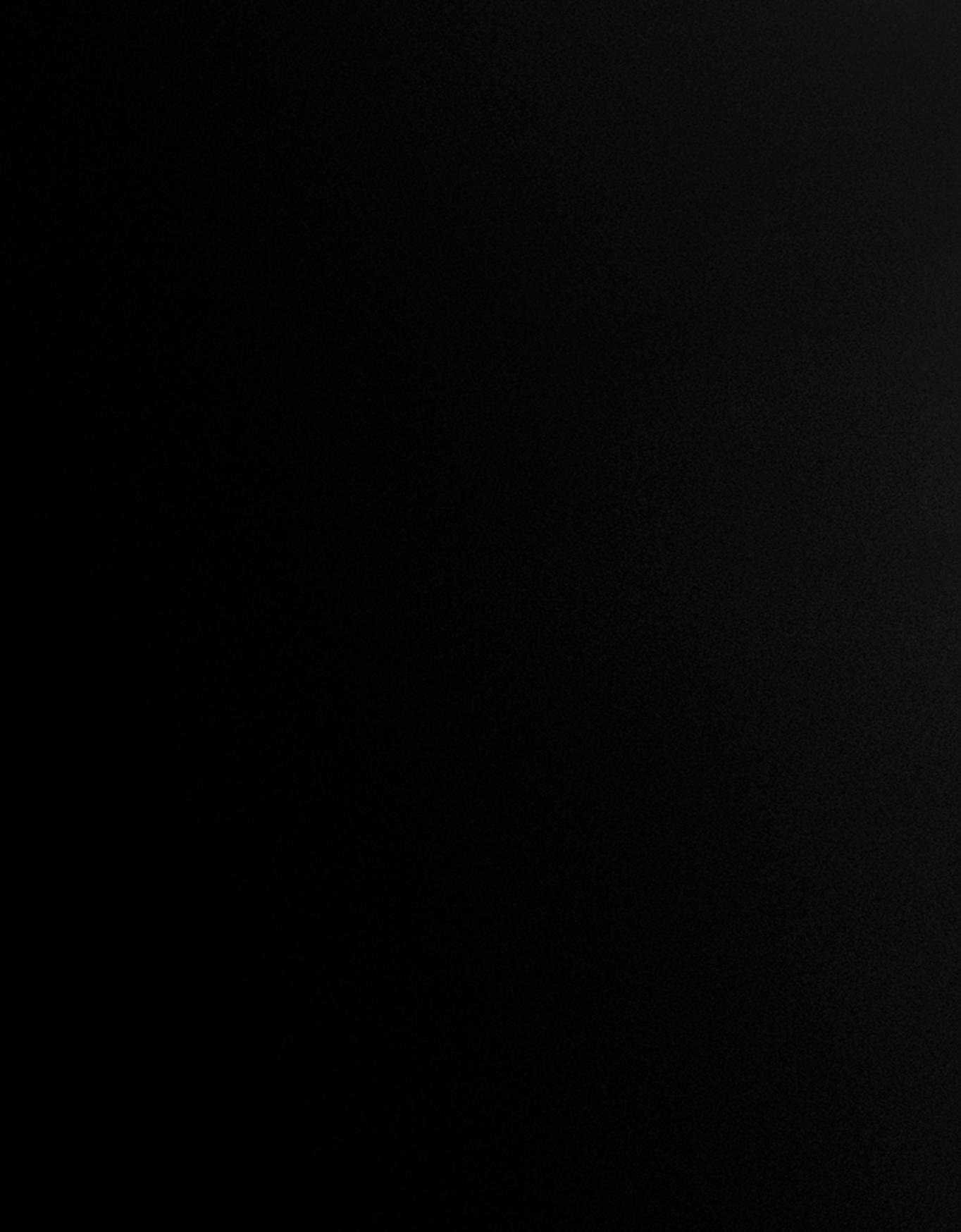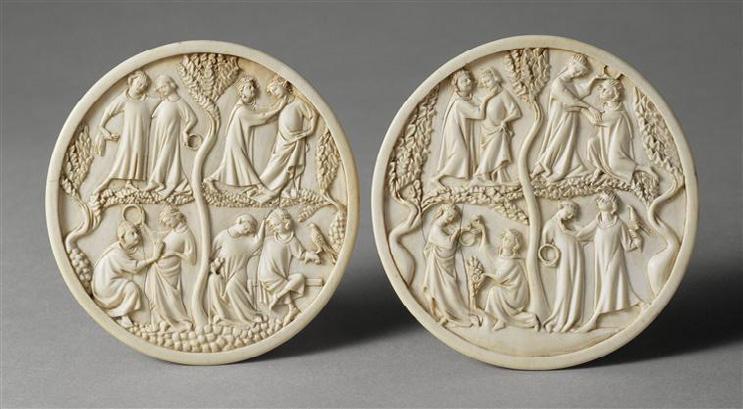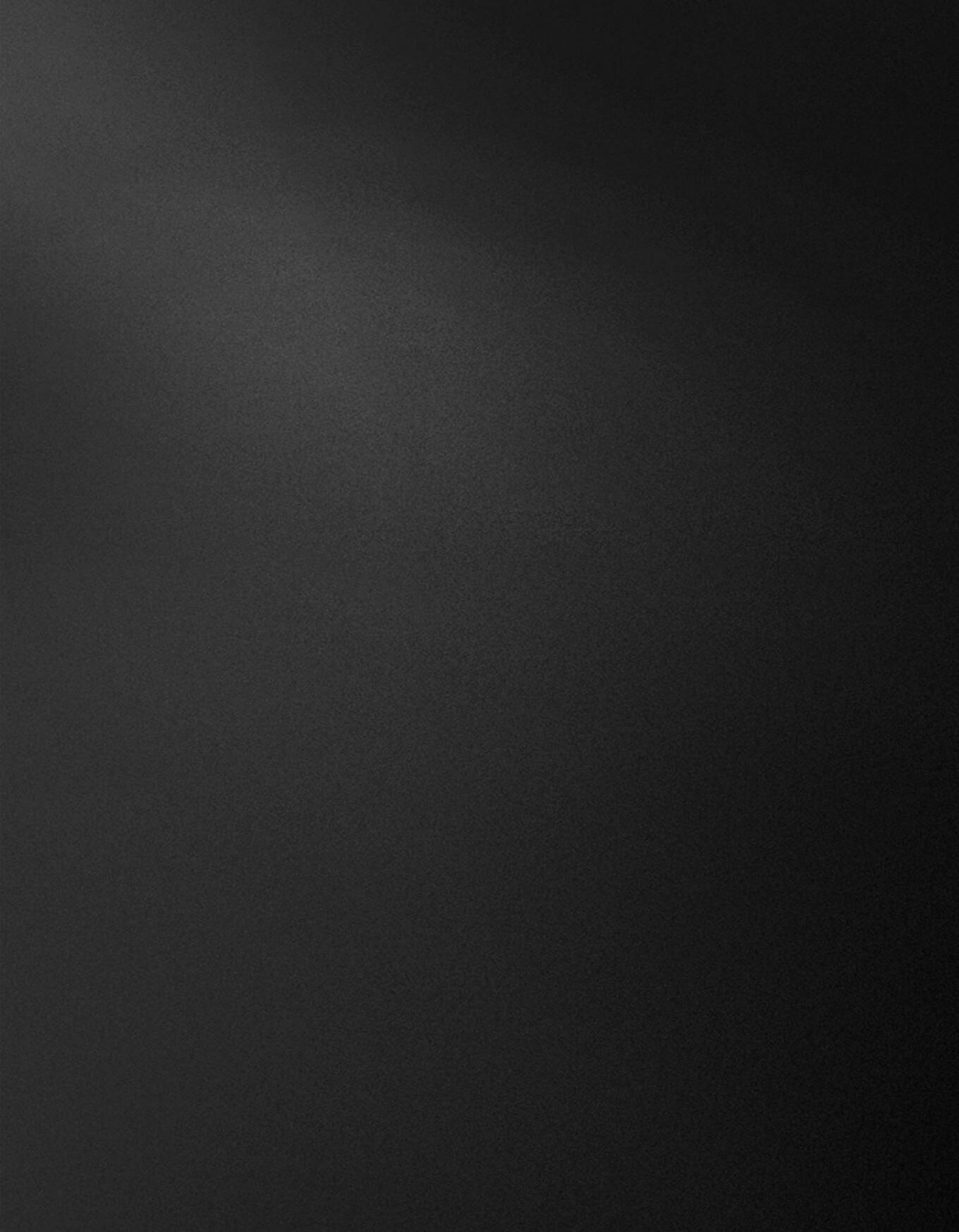
2 minute read
02 Mirror Case
Mirror Case
02
Advertisement

Mirror Case
MIRROR CASE
France (Paris) Circa 1310 – 1320
Ivory Height: 10 cm, width: 9.5 cm
Provenance: Collection Charles Gillot, Paris (1853 – 1903); by descent until 2008
Literature: Koechlin, Raymond. Les ivoires gothiques français, Paris 1924, vol. II, Cat. no. 1012, pp. 372/373 Mirror cases are exquisite treasures of the middle ages. The image areas that decorate them feature mostly profane courtly scenes with love couples, hunting or games sceneries, making a reference to the middle age ideal of the “Hohe Minne”. These objects were probably expensive presents, given to family or friends on engagement or wedding occasions.
Our mirror case also belongs to this tradition. The image area is divided in four compartments by a tree and its outgoing branches. Two smaller trees border the sides. We can see loving couples in all four areas. Clockwise are represented a woman who gives a crown to her lover, followed by a young man who caresses his beloved by touching her chin. Below, a young man is kneeling in front of his adored woman and gives her a rose coming from the rose tree, while she is making a flower wreath. Next to that scene, a couple plays chess at a table. Four mythological creatures are decorating the object’s outer edges.
The high quality carving of the faces and clothes suggests that the mirror case had been made in a Paris workshop circa 1310 – 1320. (Comp. the mirror case at Le Louvre, Danielle GABORIN-CHOPIN, Ivoires médiévaux Ve - XVe siècle, Musée du Louvre, Départment des Objets d’Art, Paris, 2003, cat. No. 129).
Raymond KOECHLIN cites only ten mirror cases with four divided decorated areas: vol. II, p. 382, cat. no. 1007-1015-1011; Danielle GABORIT-CHOPIN completes this group by another four works. The scene of loving couples playing chess is very rare.
Mirror cases are always made of two round disks, often with creeping mythological creatures positioned on the edges. On the inner side, the border was often embossed and edge banding at the same time so that the mirror could be inserted. Mirrors were propably made out of polished metal or glass and pleated with lead on the back side. To open the mirror case, both sides of it would have to be rotated in opposite directions and would click when closed. Today, almost no complete mirror cases are preserved (Danielle Gaborin- Chopin, op.cit. Nr 129, 272).02

Paris (first quarter of the 14th century), two mirror cases, courtly scenes, ivory, d. 11,30 cm, d. 1.05 cm Former collection Révoil; acquisition by the Louvre, in 1828, MRR 197
02







